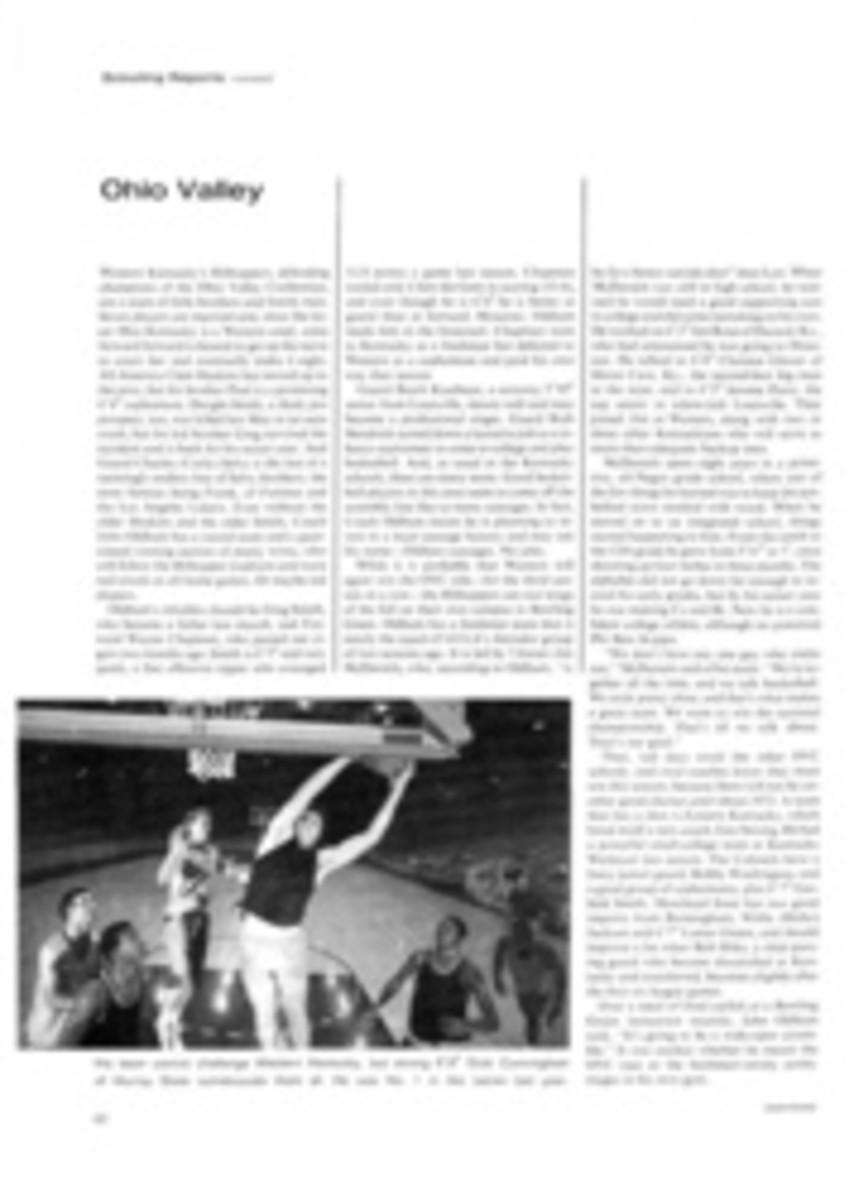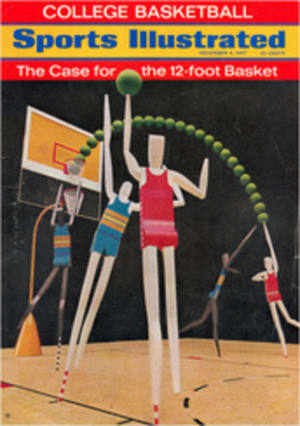
Big week for the beat-up best
I am as much for the rights of the individual as anyone," Colonel George Smith of the Sports Car Club of America observed gloomily last week. "Don't get me wrong. He is an intelligent young man and very well spoken, but he should have worn shoes to receive an award."
With all he had on his mind it was remarkable that the chairman of this year's American Road Race of Champions should have found time to address himself to the question of John Erskine's feet, but, given the complexity of the operation he was directing, it may have been a relief to the colonel just to fret about an SCCA member padding around prerace ceremonies in hotels without his shoes.
Smith was presiding over one of the most complicated sports events of the year, the SCCA-sanctioned championships, which at present constitute the major competitive encounter for sports cars in the U.S. A record 348 entries—some expenses paid by the sponsors—turned up in Daytona Beach, Fla. over Thanksgiving weekend to compete in 14 races for 22 separate class titles. The garages of the Daytona Speedway were crammed as never before with such exotica as Bobsys, Zinks, Hebas, Quantums, Dolphins, Beaches and Merlyns, sitting fender to fender with Brabhams, Porsches, Lotuses, Mustangs and other well-known cars. The autos had been driven or hauled to Florida from some 35 different states, but if there were millions of dollars' worth of machinery in town, there was a distinct absence of millionaire drivers. Instead, there were doctors, engineers and real-estate dealers, a funeral director and a demolition expert, a retired professor and a retired member of the Kingston Trio. And there was California's bearded and shoeless Erskine, who identified himself modestly and probably with accuracy as a "racing bum."
Sports car racing in this country has developed along interesting lines. It was obviously a wealthy man's hobby to begin with, and, while there is nothing remarkable about masses of people taking up such hobbies, it is curious to consider that sports car racing is now just about where stock car racing was in its early days. The good old boys used to tinker with and race whatever they could get their hands on—which is precisely what about 75% of the sports car buffs do now. The Porsches and Austin-Healeys the amateur enthusiasts drive are not often shiny new toys. They are the beat-up best that fans of moderate means can afford, and they run because their owners put in wearying hours working on them while, across the country, their wives sit alone in front of TV sets. For instance, Navy Lieut. Commander Rod Larson estimates that he spends 15 hours a week and $3,000 or $4,000 a year on his Sprite. Bill Rutan, who owns a welding shop, may put out less money for his Quantum because he built it and does all the work on it; but then his time is his money.
Either way, it is a bunch of time and money to spend to race in perhaps five events a year, which is all many of last week's contestants at Daytona ever manage. It does not amount to much competition, and SCCA races offer no winner's purse, so what is the motivation behind the amateurs' effort?
Northeast F Production Champion Bob Sharp, of Wilton, Conn., sounding more like a golfer than a race driver, says it is "the wonderful feeling of putting together the perfect lap." John Bentley said some years ago that it was simply the exhilaration of going fast: "When I get up over 100 mph I feel something like the rapture of the depths" [a provocative explanation, but not one that would make another driver long to be on the track with Mr. Bentley]. More to the point, plenty of amateur drivers want simply to run other drivers into the ground, even if they do not care for winning so much that they would give up the real estate business and devote themselves to becoming A. J. Foyts.
"The difference between the amateur and the pro driver," Pro Driver Peter Gregg has observed, "may be the proportion of ego satisfaction he gets out of driving."
A prowl through the pits and garages before last week's races turned up a majority of amateur drivers in Gregg's sense of the word. They may have been pretty hopped up at the prospect of driving in so important a meeting, but by and large they were clearly stockbrokers first and race drivers second. A 64-year-old, John Peach from Topeka, Kans., pottered around his Cooper and said, "Mrs. Peach doesn't care too much for this—she's back at the motel knitting," and he had more to say about his grandchildren and his friend William Allen White from Emporia, Kans. than he did about the C Sedan class competition.
Erskine did discuss the race, primarily because he did not know at that point whether he was going to be in it or not. His elderly Austin-Healey was hung up in tech inspection. When asked if perhaps his unconventional appearance had invited discrimination, he said, no, that the car just looked pretty bad. "It's all right, really, but it does look ratty."
The races, seven on Saturday and seven on Sunday, were to last 45 minutes each, with a 15-minute break between them, and despite the number of cars involved the schedule went perfectly. If there were no surprises among Saturday's winners (Sharp in his F Production Datsun was one of them), there were several on Sunday. Rutan won Class C on tires that had already run in 13 races. In the C Sports Racing class Jerry Hansen, who had raced over a speed trap at 194.80 mph during qualifying to set a new Speedway record for any car, wrested the national class championship away from Ralph Salyer, who finished third. In C Production, Alan Johnson drove a beautiful race for a clean and unexpected win over Dave Jordan and in the E Sports Racing class Gregg, surprisingly, finished second to Bob Mitchell.
As for John Erskine in F Production, he dutifully put on his driving shoes to race ("What's more, he even put on his fireproof socks," a friend in the pits reported), and he nursed his old Austin-Healey around the track until, with a minute to go, the fuel line broke. He took the misfortune cheerfully and when last seen was headed, barefoot, back to California.
PHOTO
BOB SHARP, WHO WON IN A JAPANESE DATSUN, STANDS OUTSIDE TRANSPORT VAN

